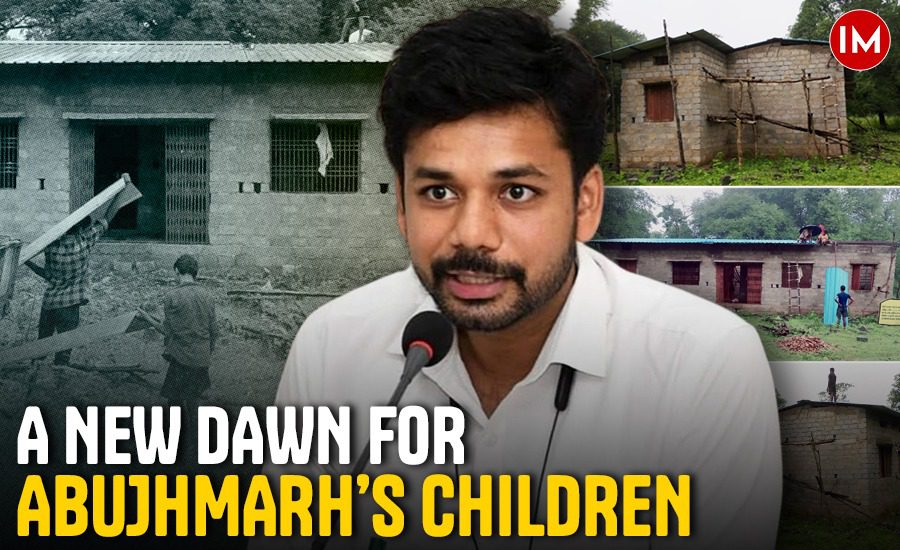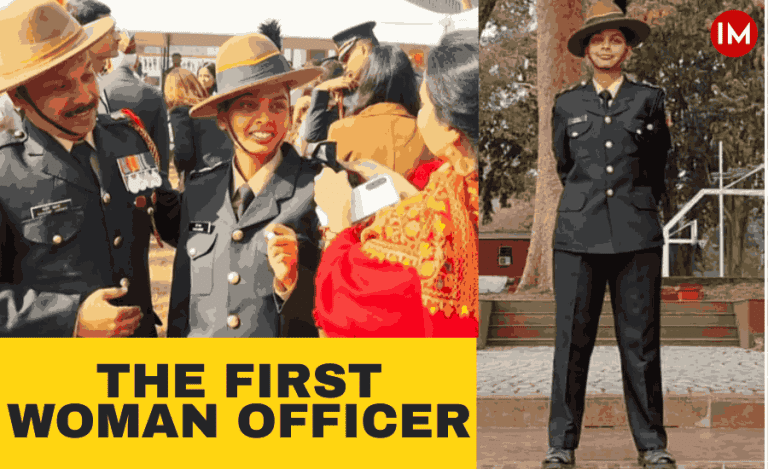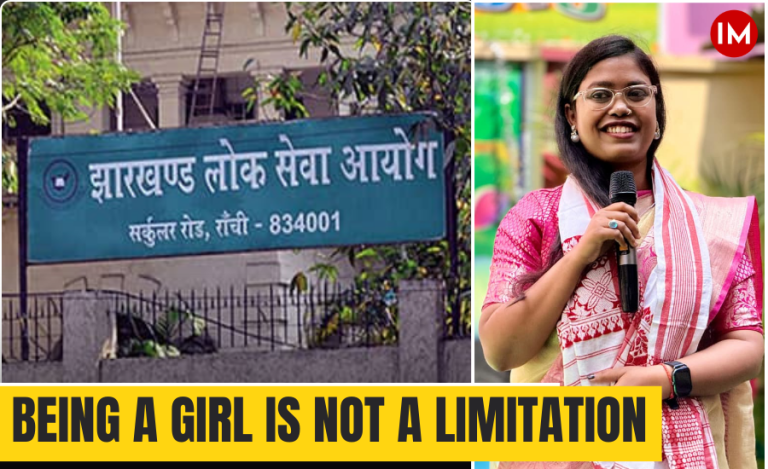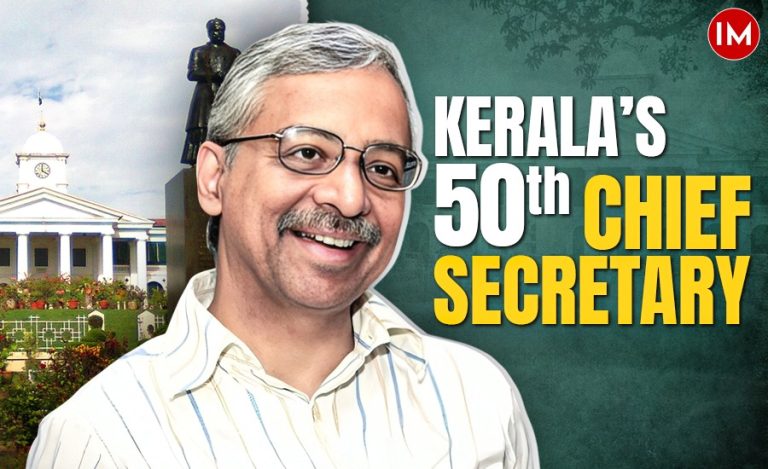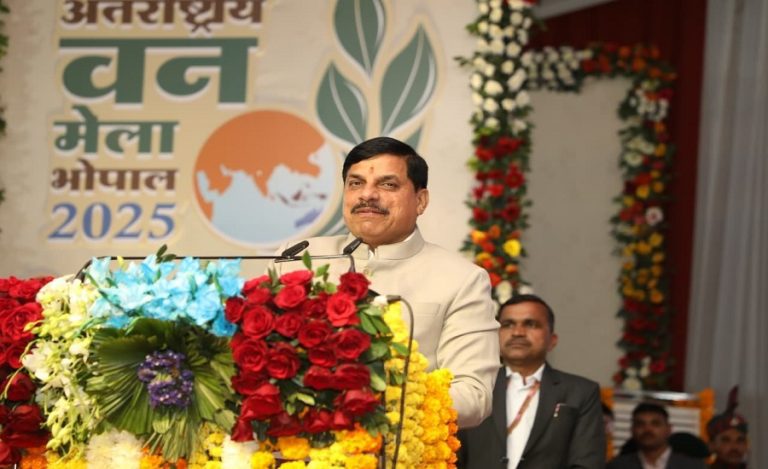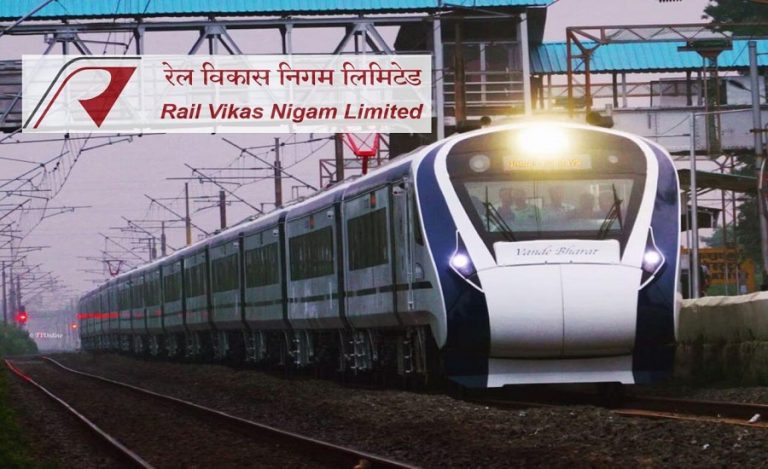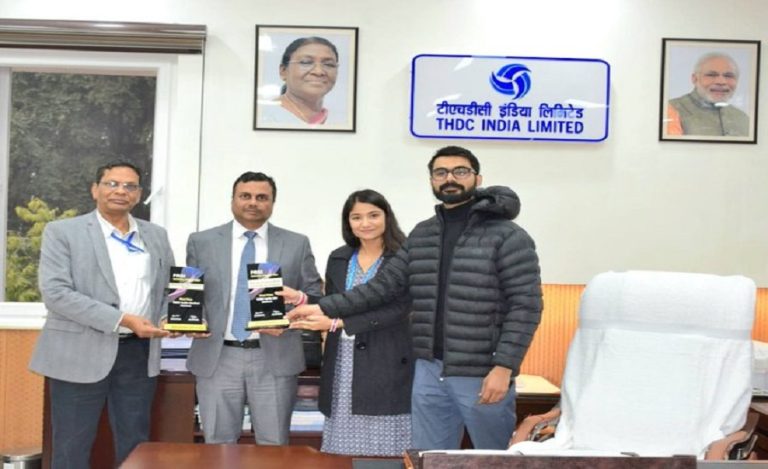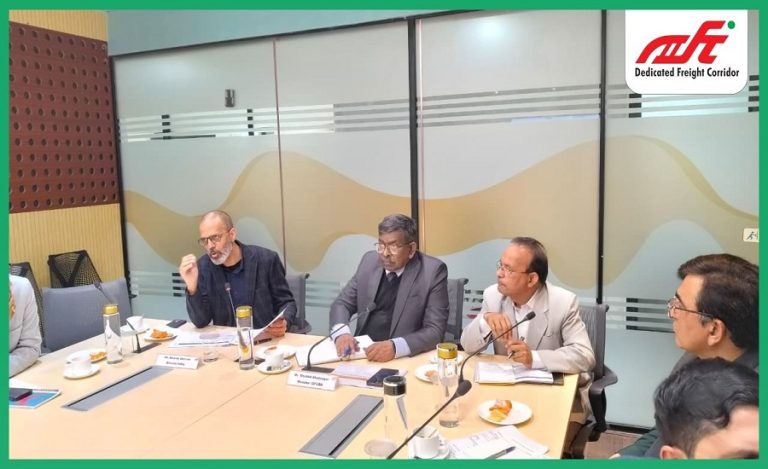Deep in the forested heartland of Chhattisgarh’s Abujhmarh, where government presence once existed only on paper, a new story is unfolding: one of resilience, unity, and rebirth. The village of Rekawaya, around 300 kilometres from Raipur, has long been synonymous with conflict. This stretch of land in Narayanpur district, hemmed in by dense forests and the mighty Indravati River, had been one of the most inaccessible and insurgency-hit regions of the state.
For years, the Maoists ruled here with their so-called “Janata Sarkar”. They ran schools, decided justice, and controlled lives. One such school in Rekawaya, run under their parallel system, became the centre of their ideological teaching. But when security forces began making inroads and the rebels retreated deeper into the forest, the school was left abandoned; its walls, once echoing with slogans, now stood silent.
Yet, amid that silence, something remarkable happened. The villagers decided not to let their children’s future disappear with the Maoists. They reopened the school on their own. Makeshift classrooms made of wood and bamboo, volunteer teachers drawn from among the educated youth, and community contributions that bought books and chalk. In a place with no network, no roads, and little hope, they built an education movement powered by sheer will.
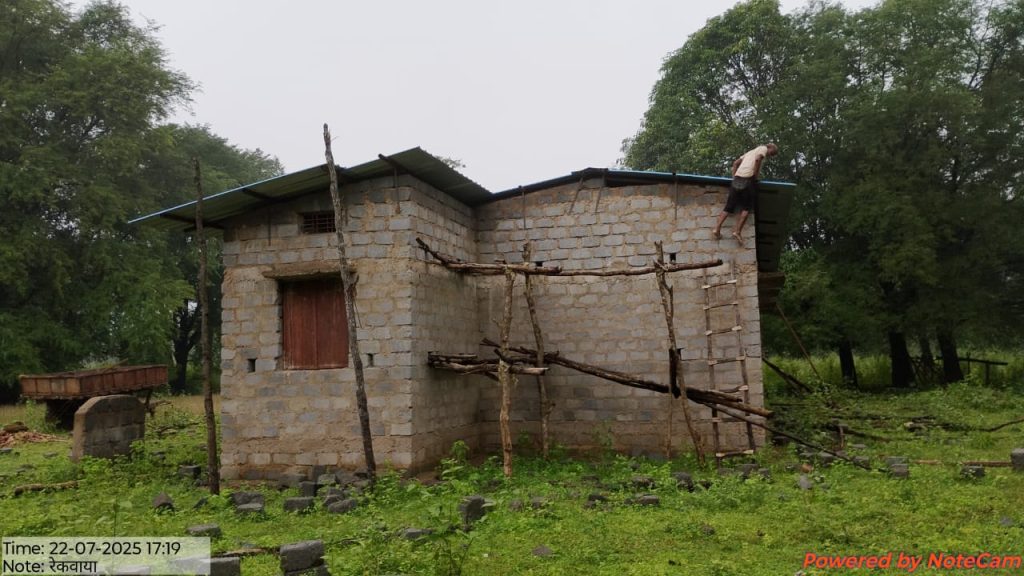
THE CALL FOR A REAL SCHOOL
Their efforts soon drew attention. “The villagers sent a message to us that they wanted the government to take over their school. They had kept it alive for years without any help. All they wanted was formal recognition, trained teachers, and a proper building,” recalls IAS officer Vasu Jain, then CEO of Zila Parishad, Narayanpur, in an exclusive conversation with Indian Masterminds.
Moved by their determination, the district administration decided to act. Within weeks, the government sanctioned ₹12 lakh from the District Mineral Foundation (DMF) fund for the construction of a new school, one that would finally replace the fragile huts with sturdy walls. The decision wasn’t just about infrastructure; it was about reclaiming an entire region’s faith in governance.
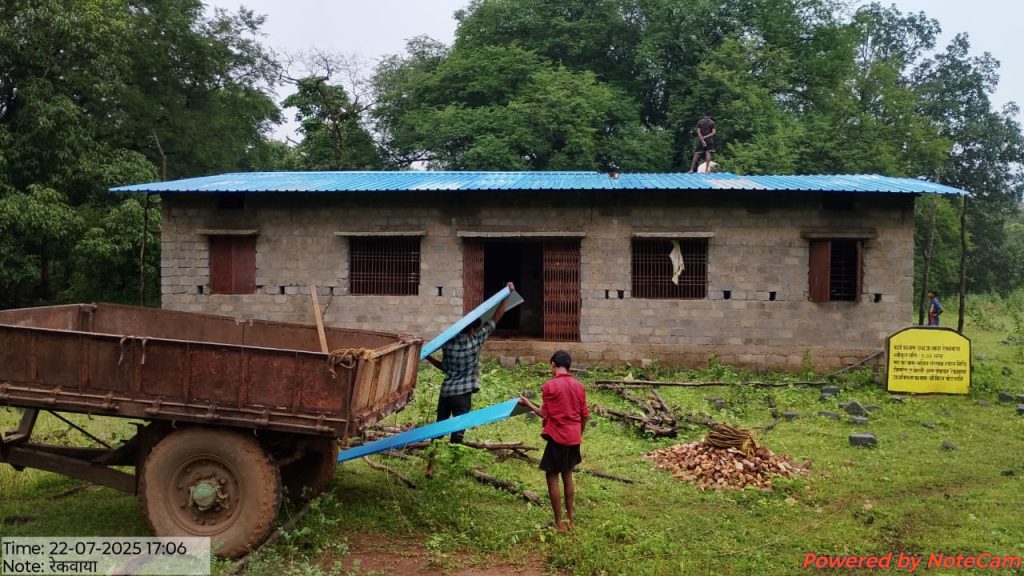
BUILDING HOPE BRICK BY BRICK
But building in Rekawaya was easier said than done. The nearest motorable point lies miles away, and the Indravati River cuts the area off completely from the rest of Narayanpur. The team faced the daunting question: how to bring cement, sand, and steel across the wide river with no bridge in sight?
“There were two big challenges,” Jain explains. “First, how to transport construction material across the Indravati, and second, finding labourers ready to work in such a remote, conflict-prone area.”
Their solution was creative and courageous. Using small wooden boats, the administration began ferrying sacks of cement, iron rods, and bricks across the river in batches. Locals were hired as labourers, and others trekked long distances daily through dense forest paths. “Every brick that reached Rekawaya carried more than material; it carried the villagers’ dream of a better life,” says Jain.
Despite the odds, construction began and progressed steadily. For a region that had seen only neglect and bloodshed for decades, the sight of a rising school building became a symbol of something far greater: hope returning home.
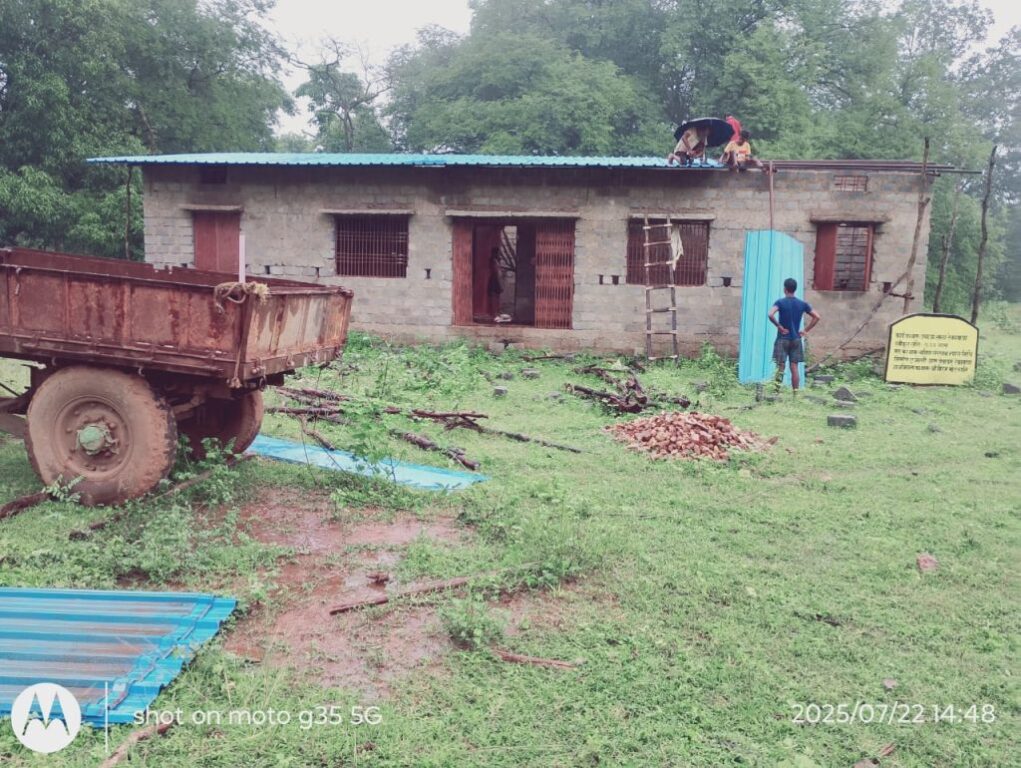
RECLAIMING FAITH, ONE CLASSROOM AT A TIME
For years, fear dictated life in this part of Bastar. Villagers would lock themselves indoors at sunset, and the word “Sarkar” was synonymous with danger. But today, as they watch the walls of Bhoomkal School rise, that fear is being replaced with faith.
“Building this school isn’t just about education. It’s about telling the people that your government has finally arrived, and it’s here to stay,” the officer shared with Indian Masterminds.
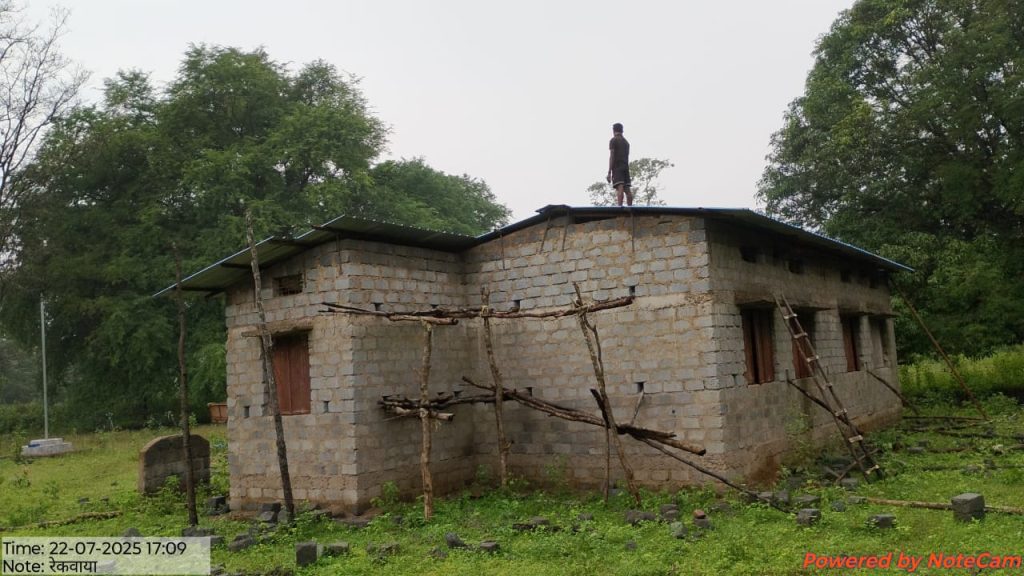
Abujhmarh, long known as the land where the state couldn’t reach, is slowly opening its arms to change. And at the heart of that change stands a simple building made of cement, sweat, and courage… a school that once taught Maoist doctrine, now teaching children how to write their own futures.
Because in Rekawaya today, the blackboard has replaced the bullet. And for the first time in decades, the children of Abujhmarh are learning what peace sounds like.

